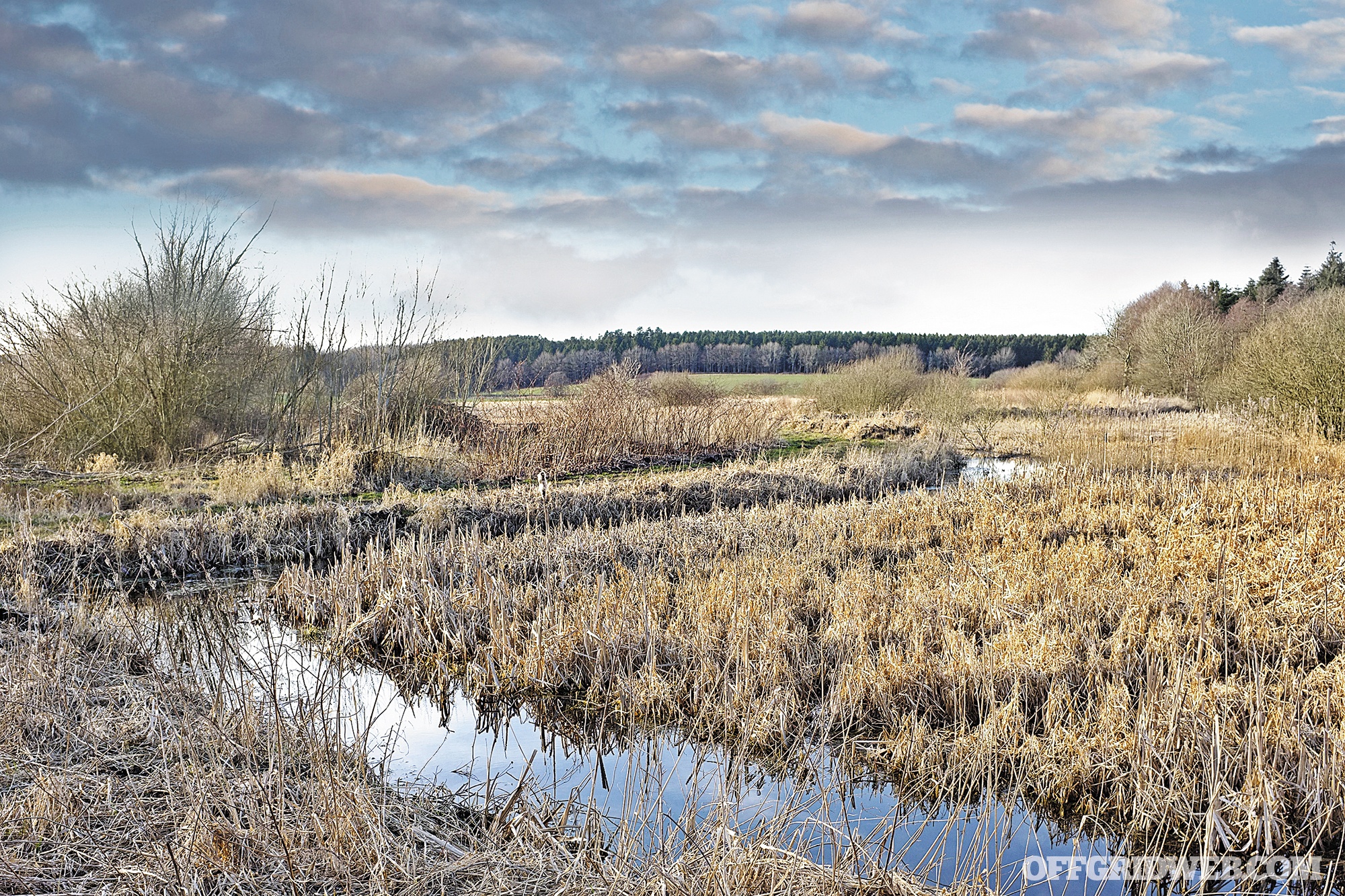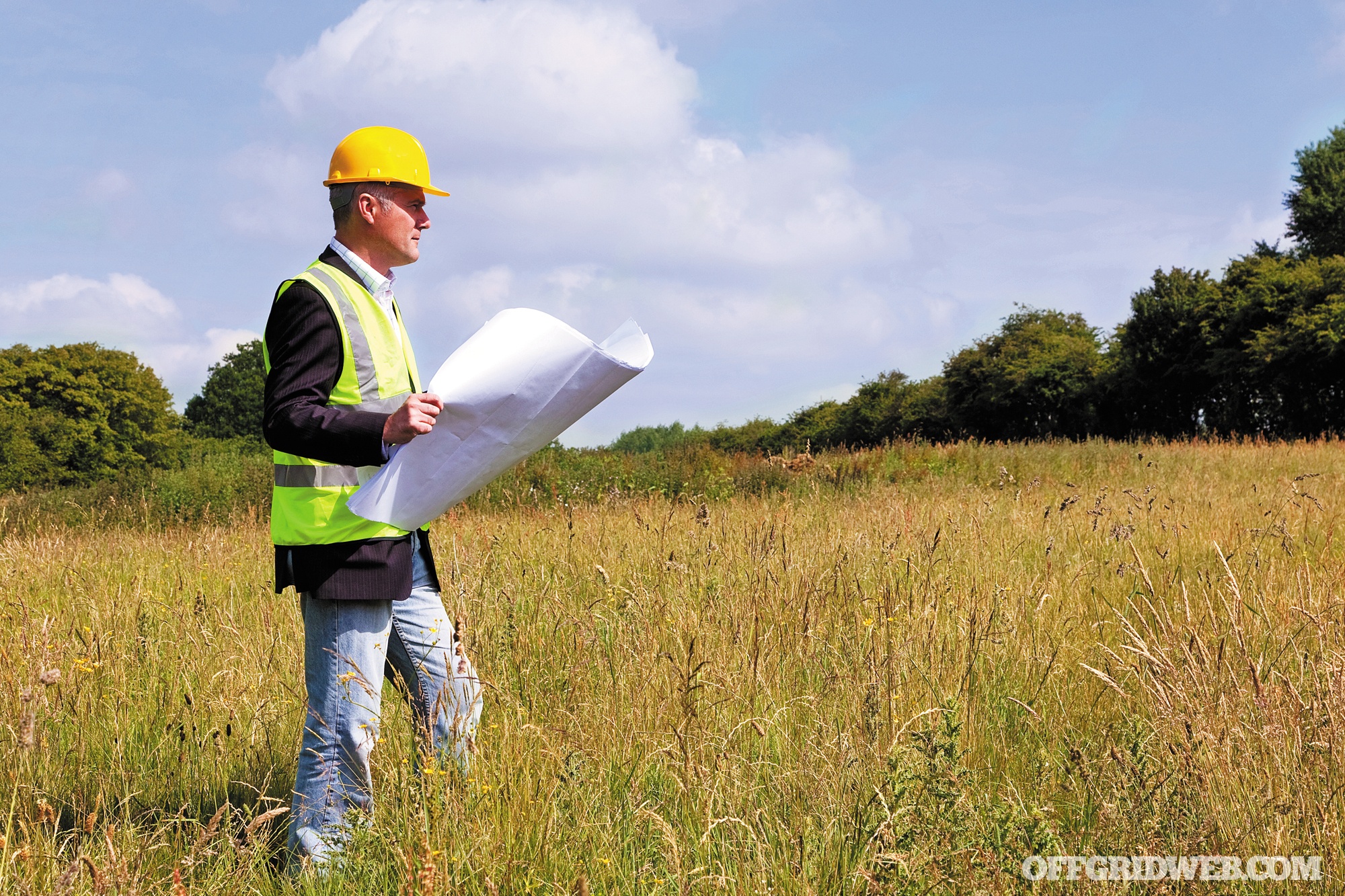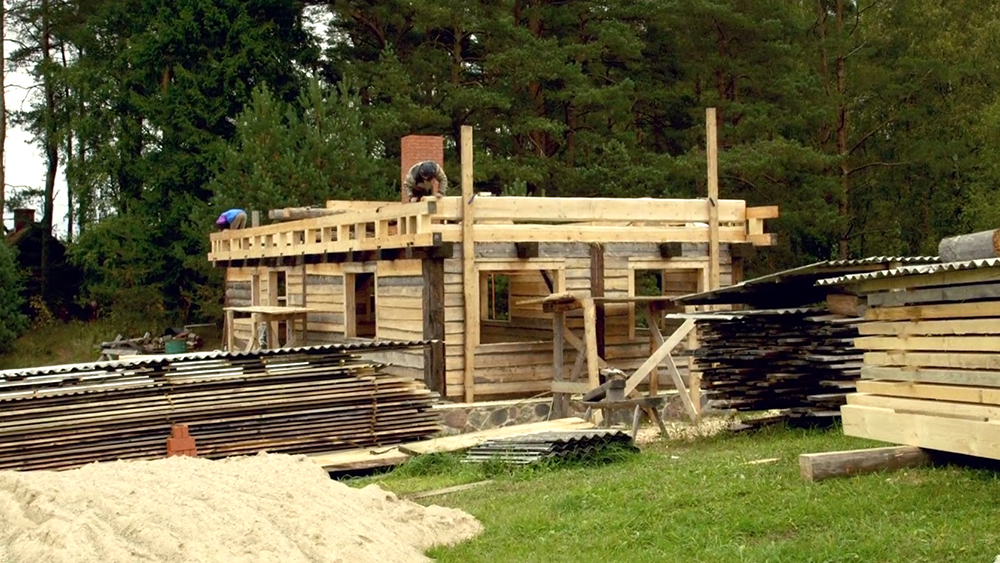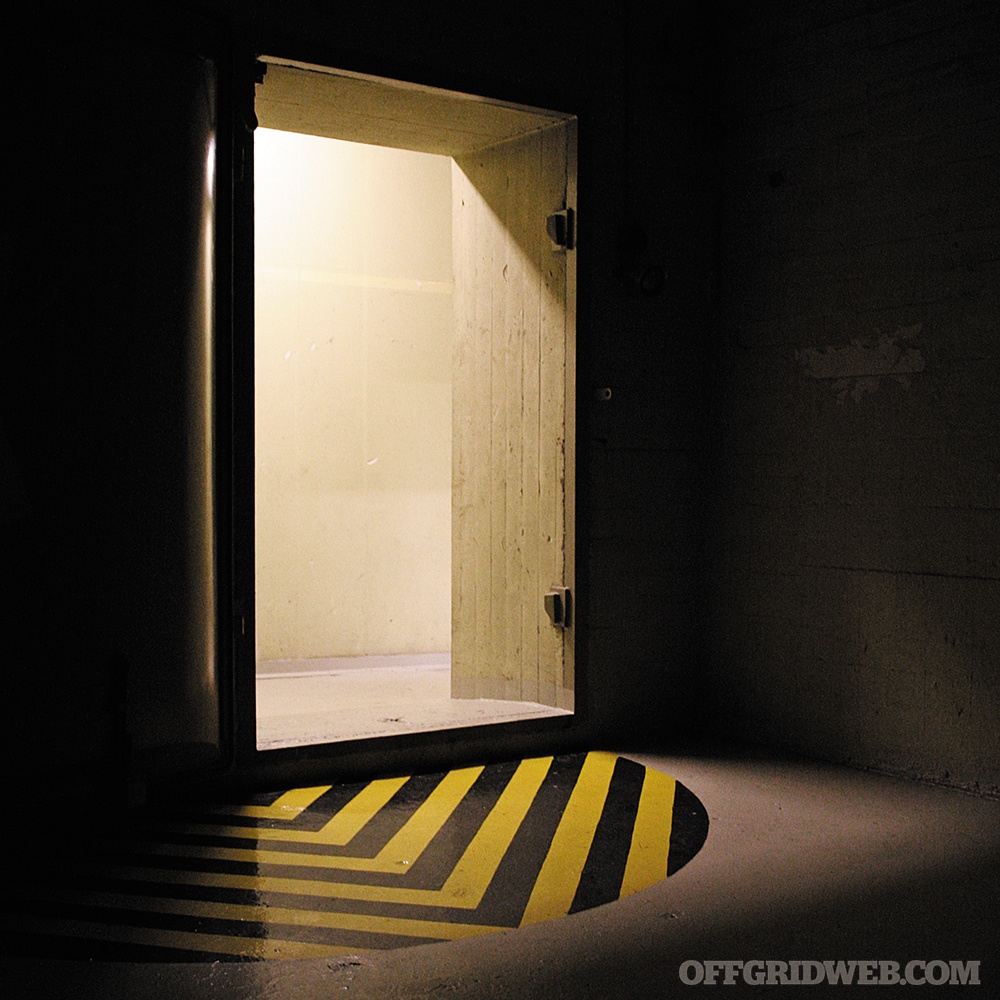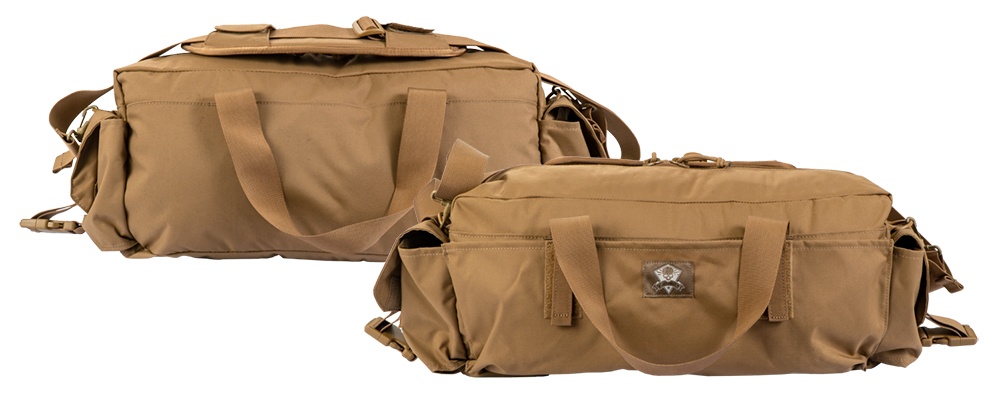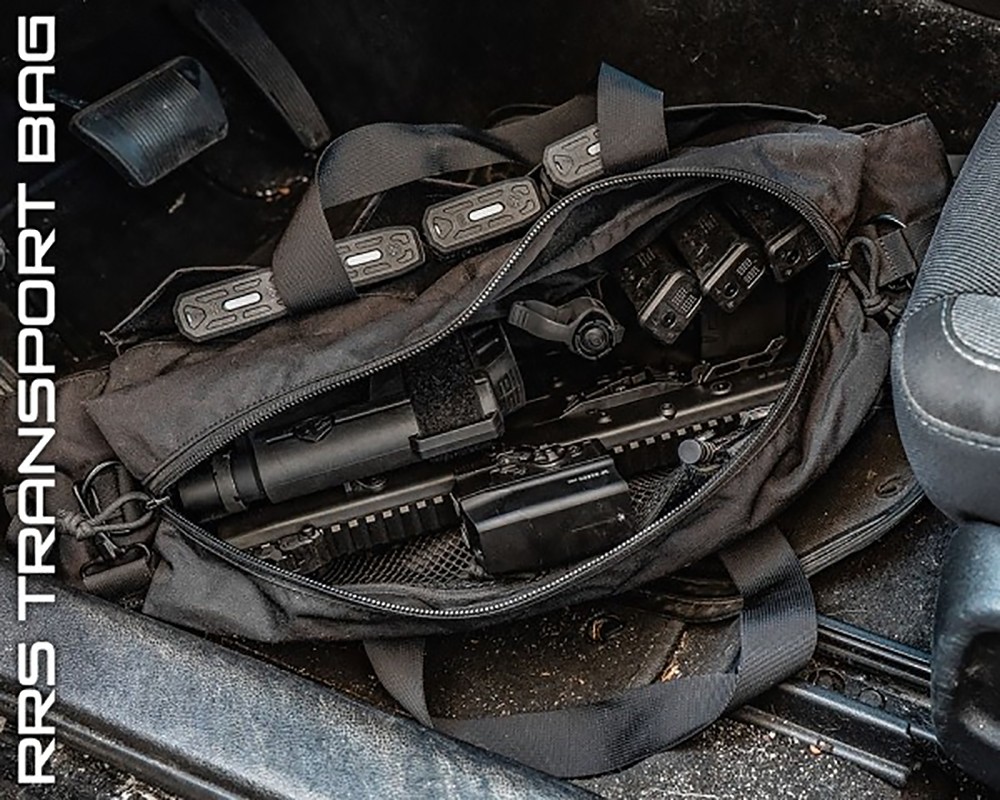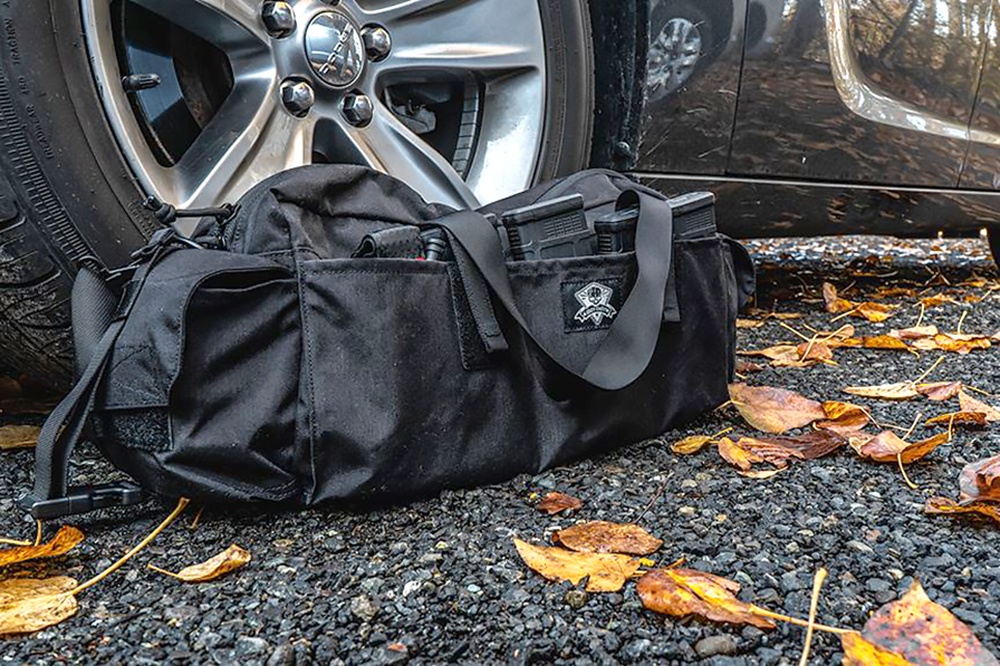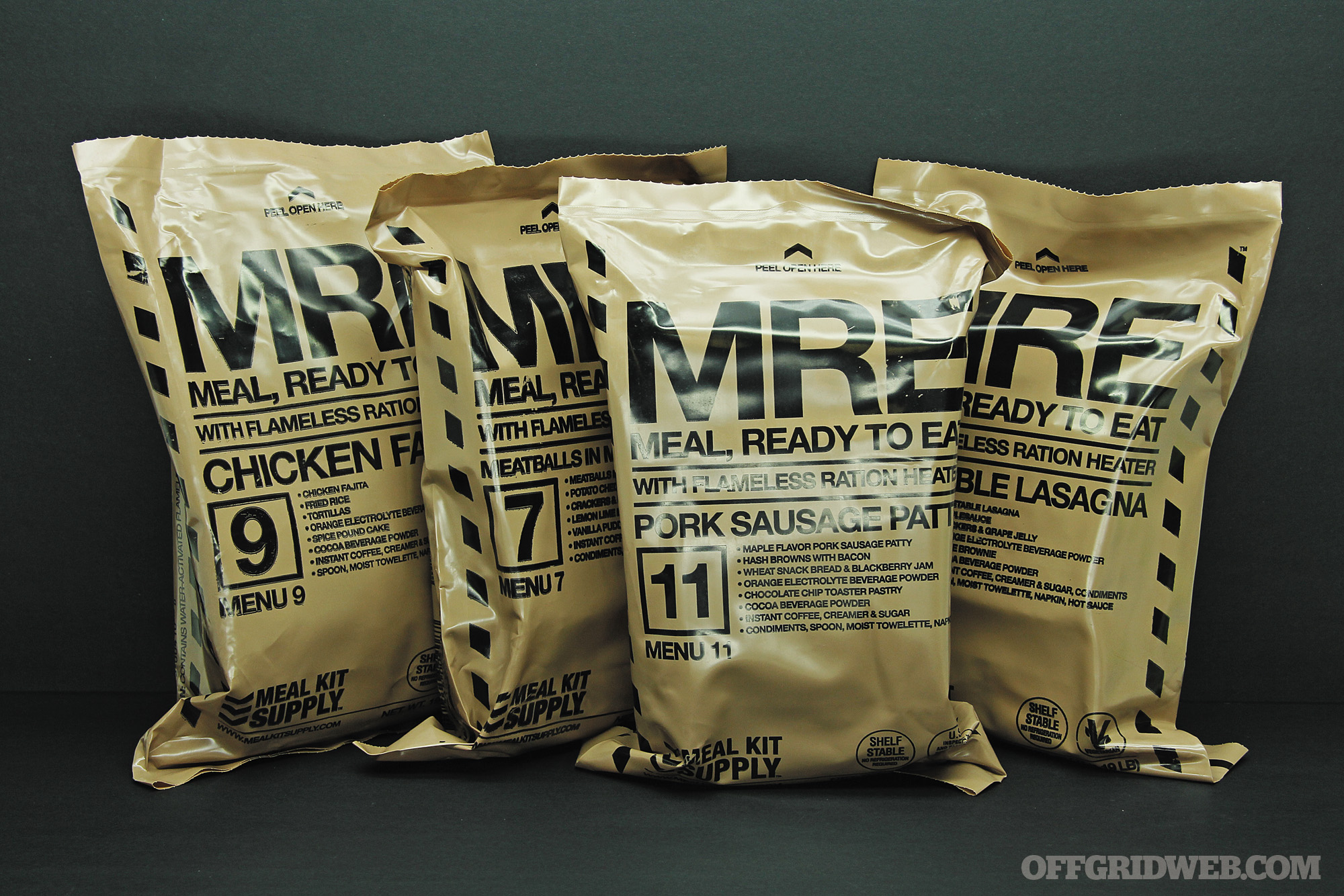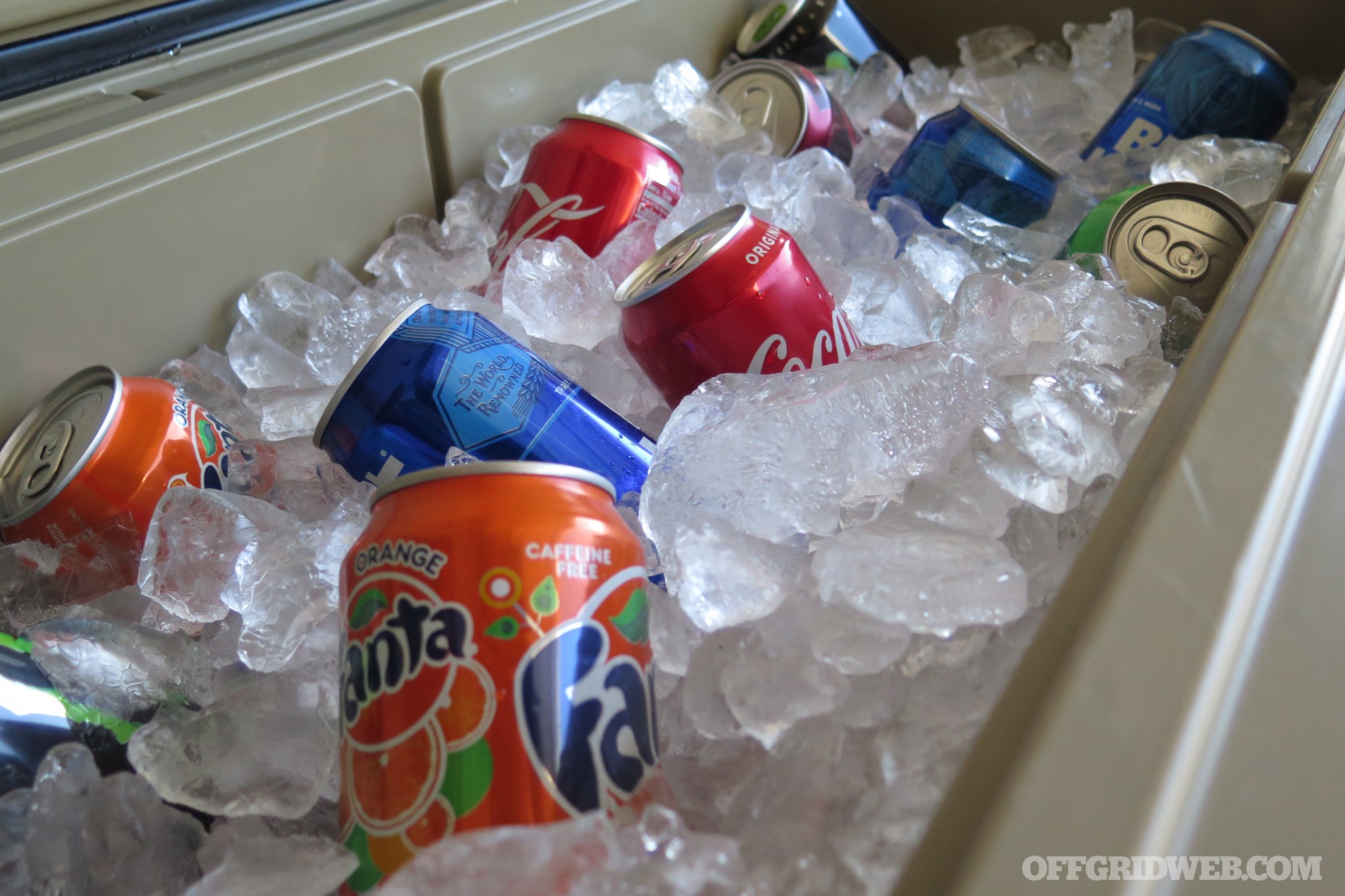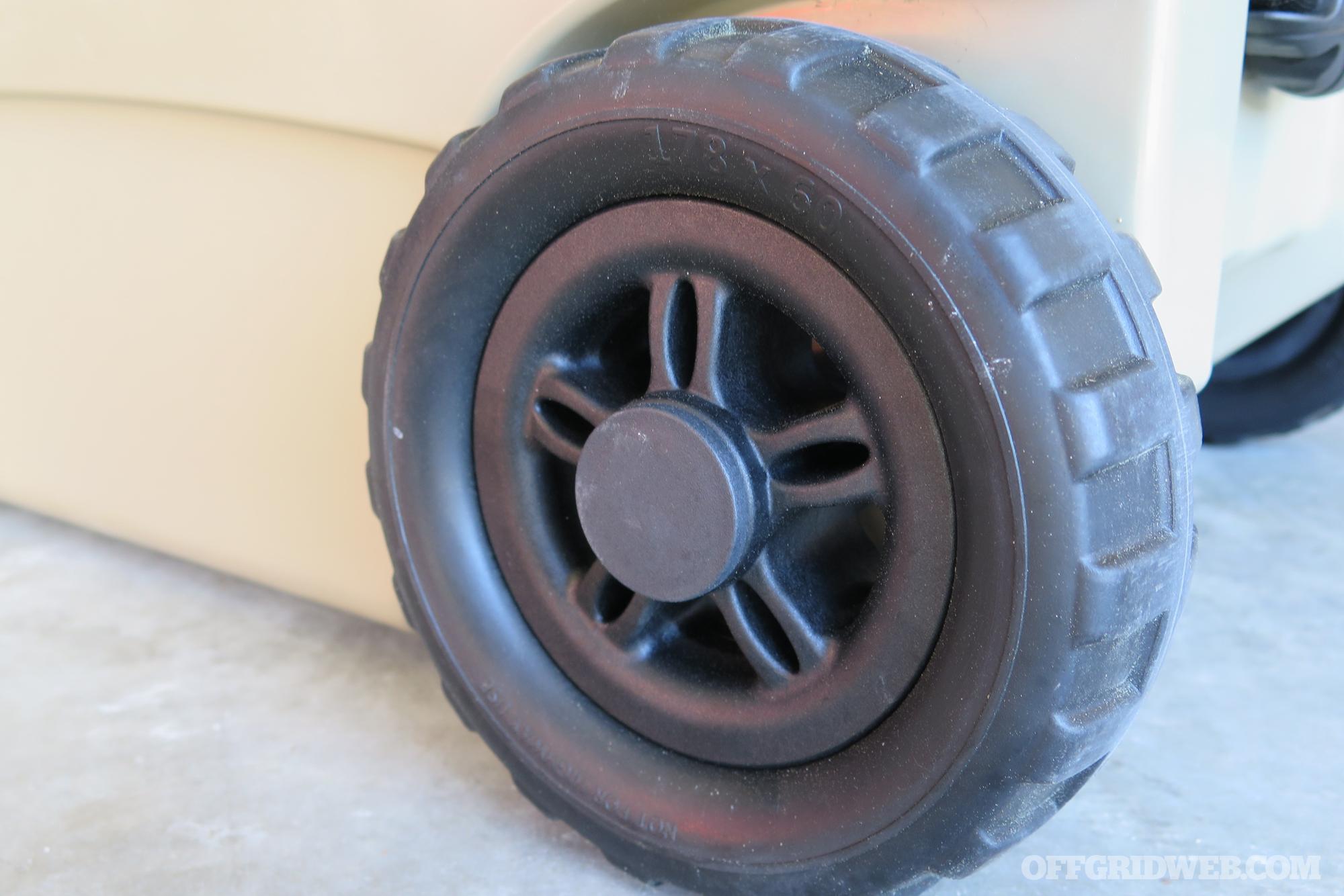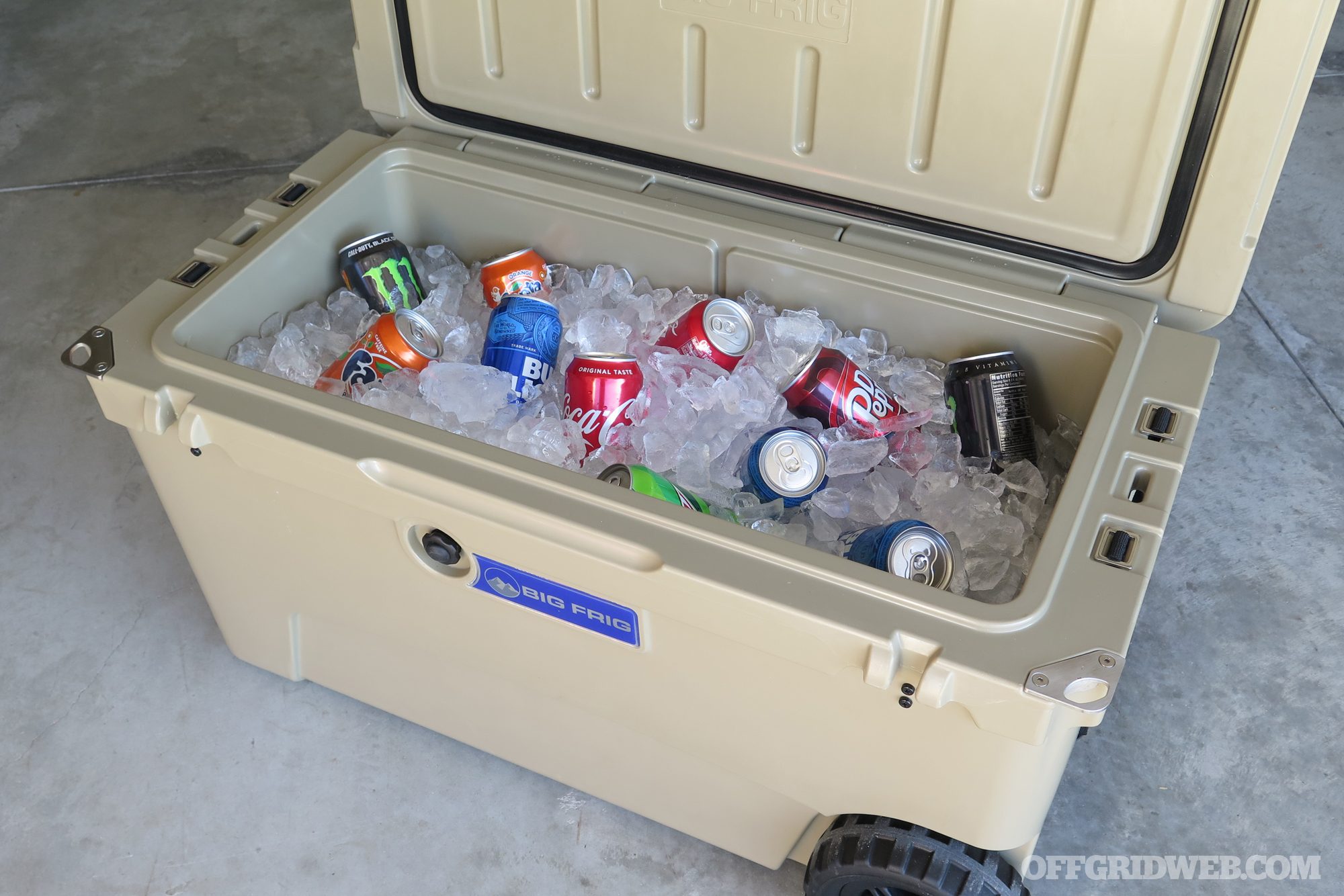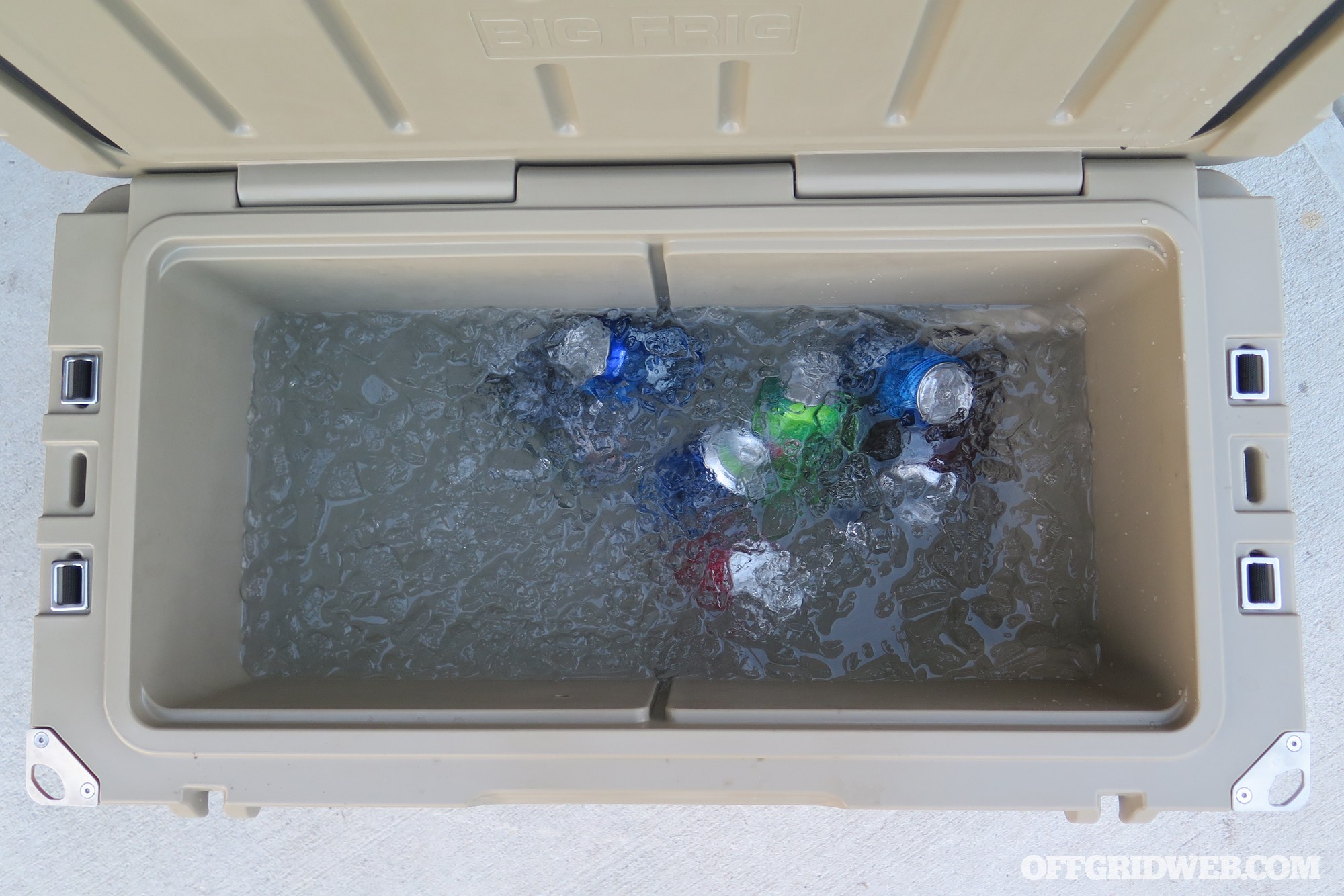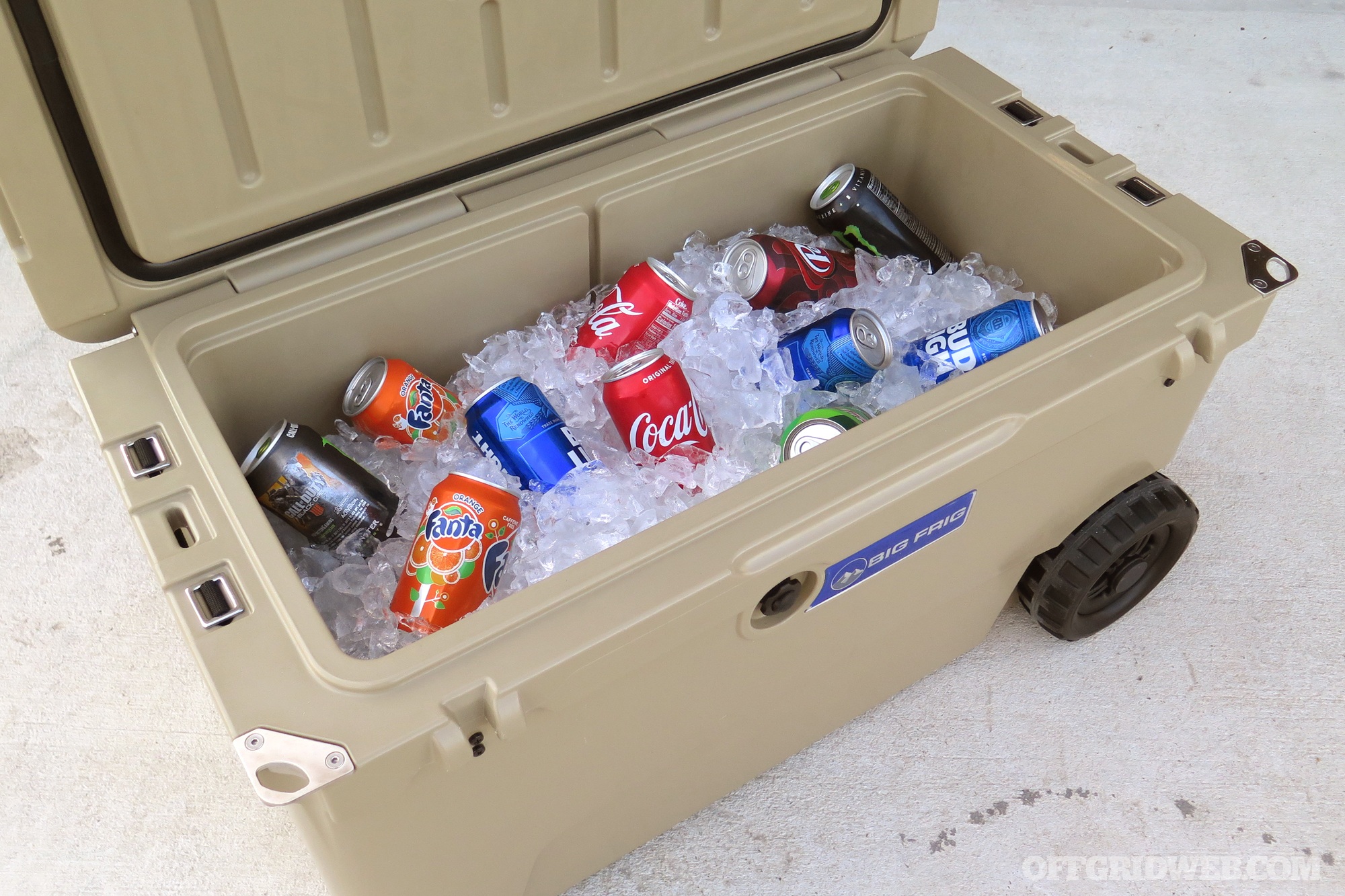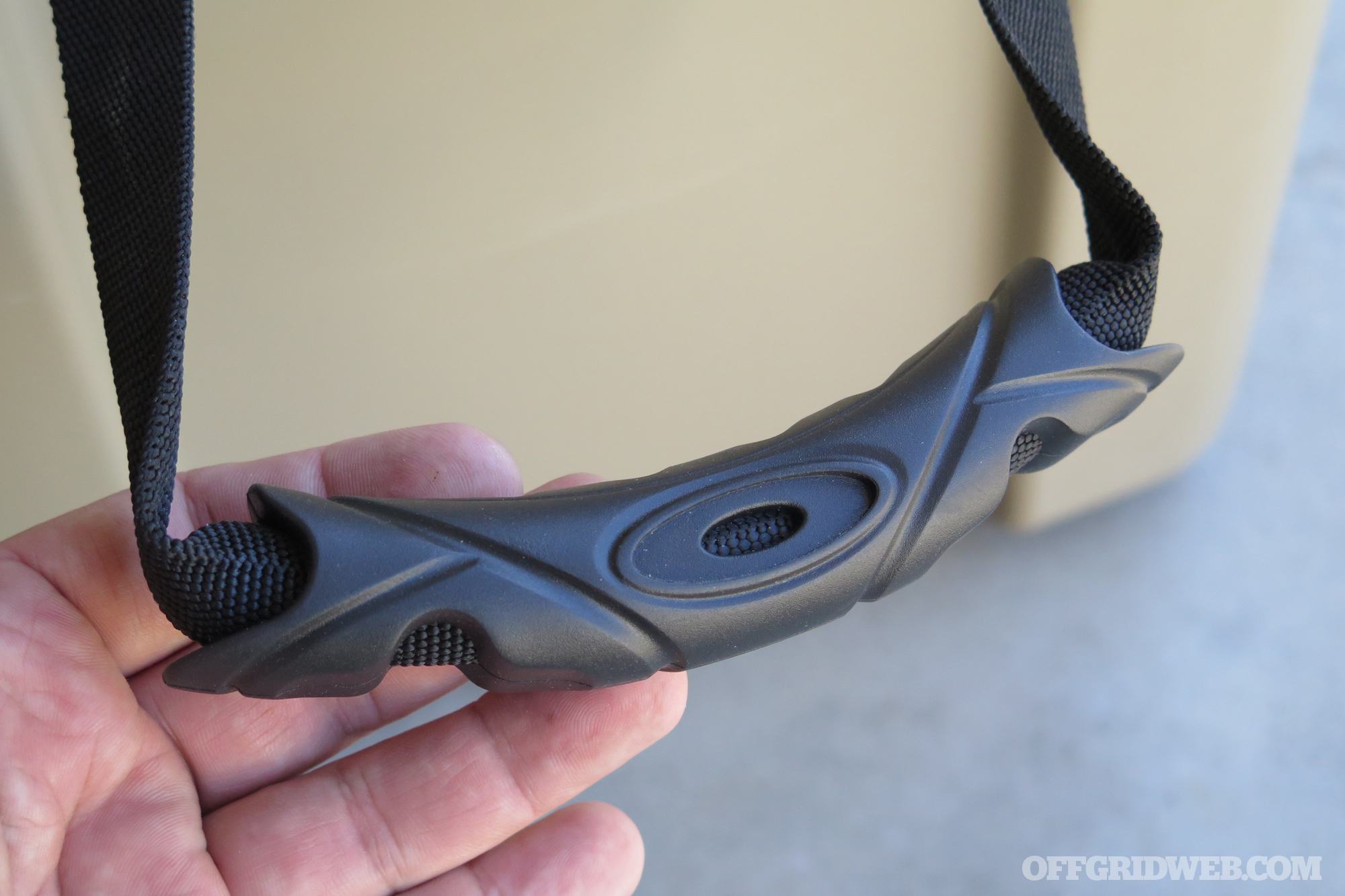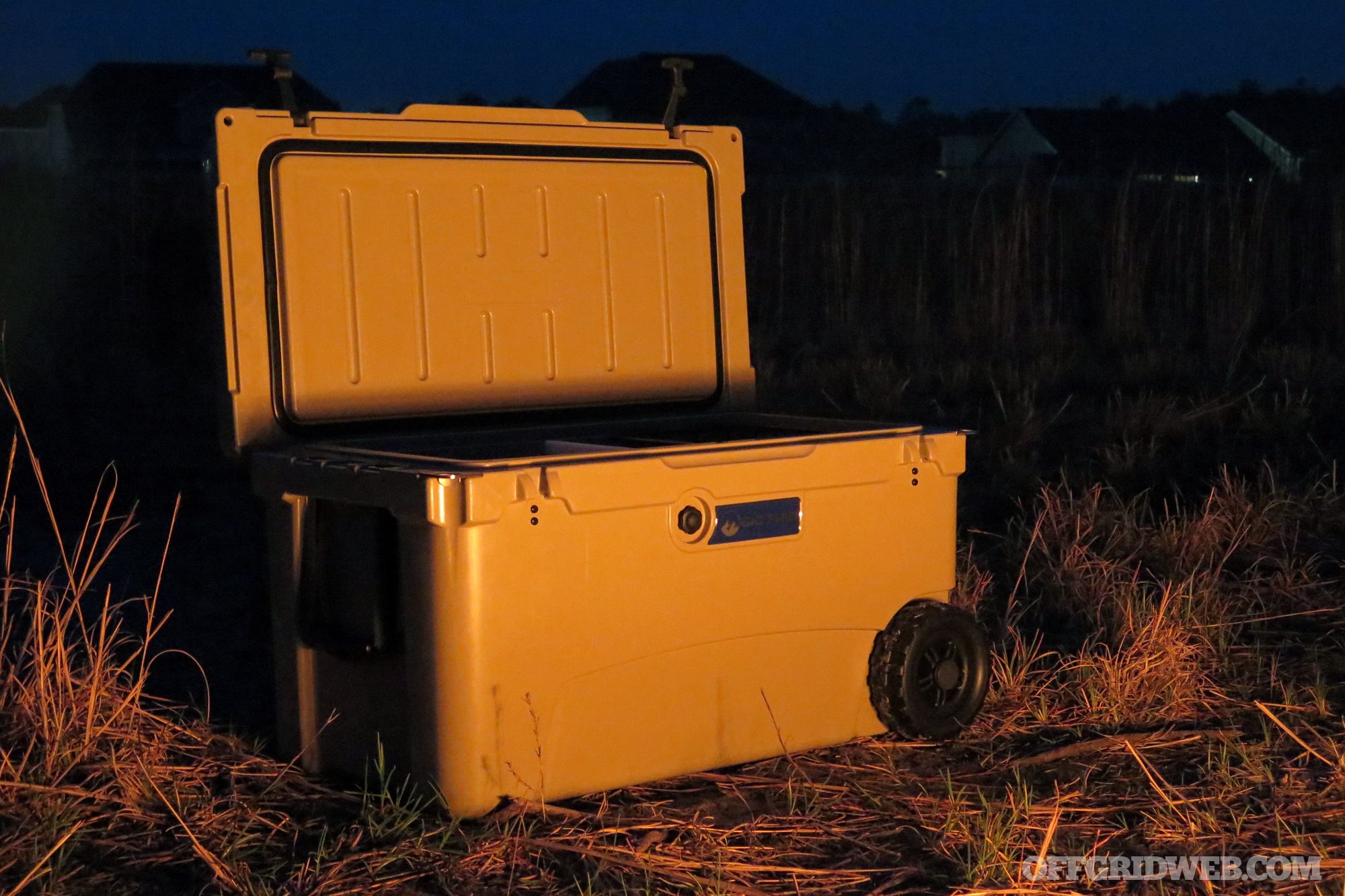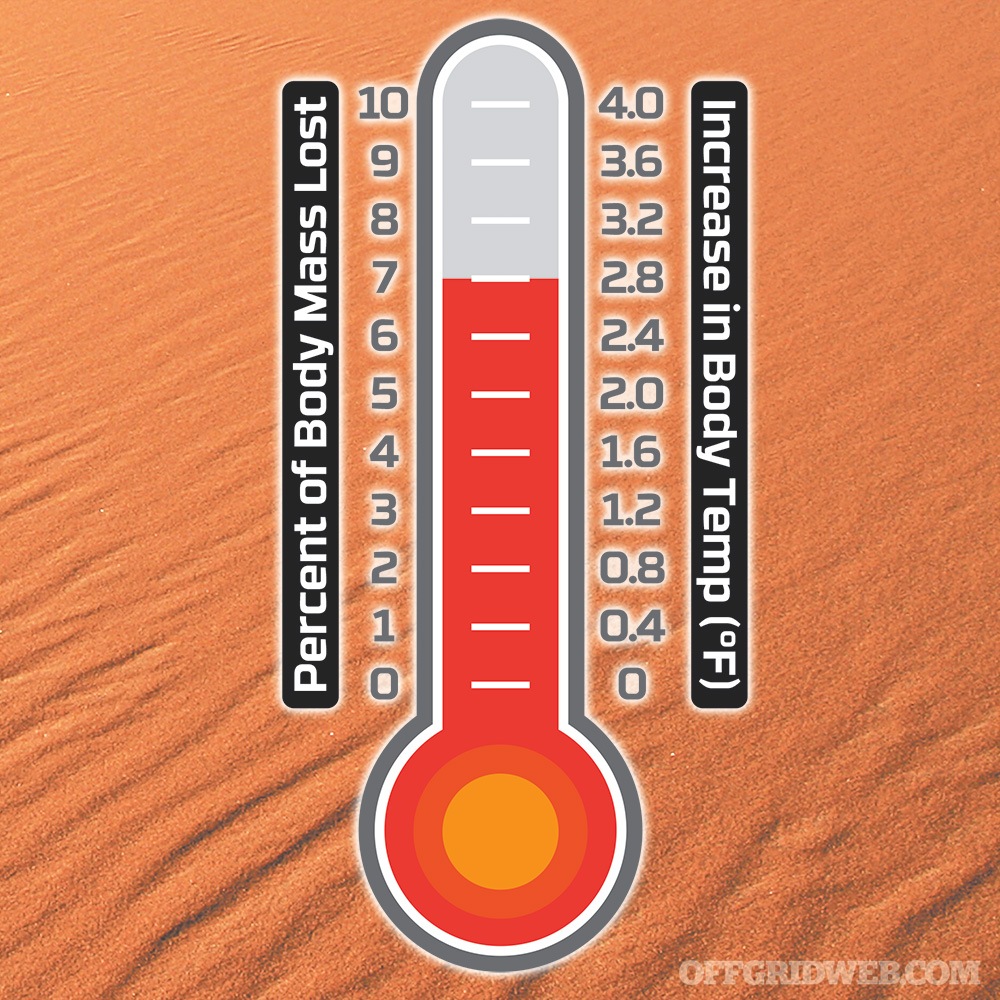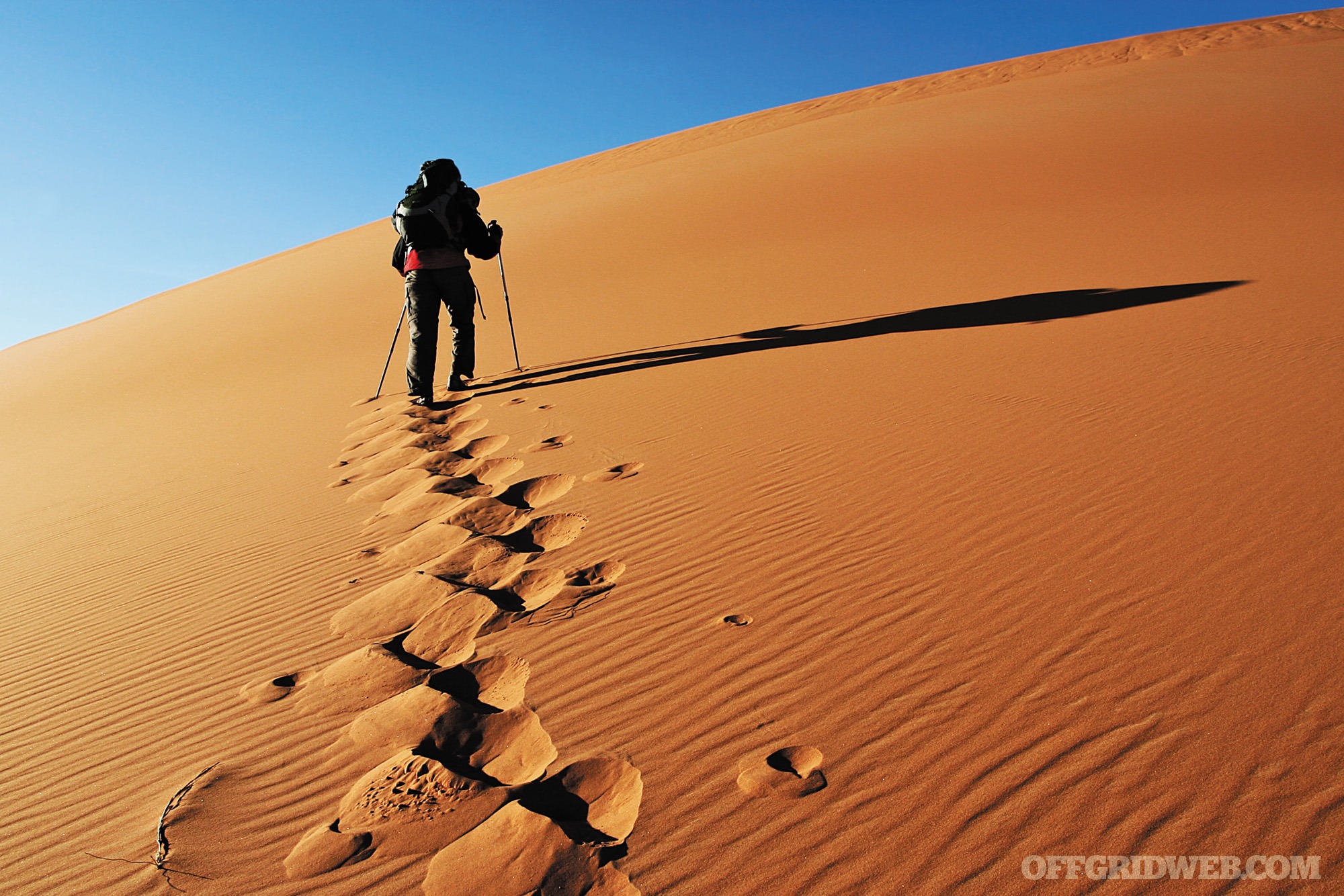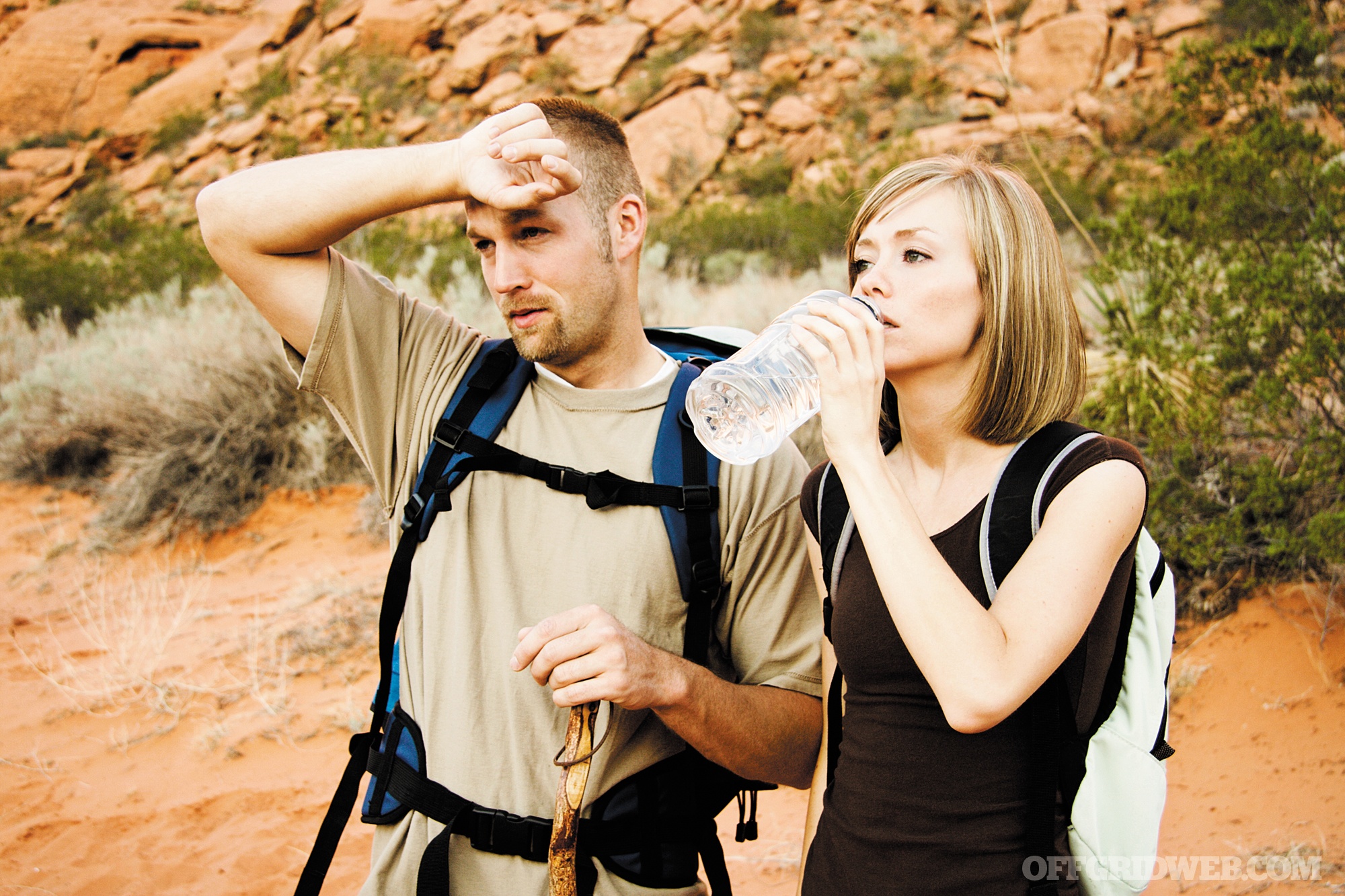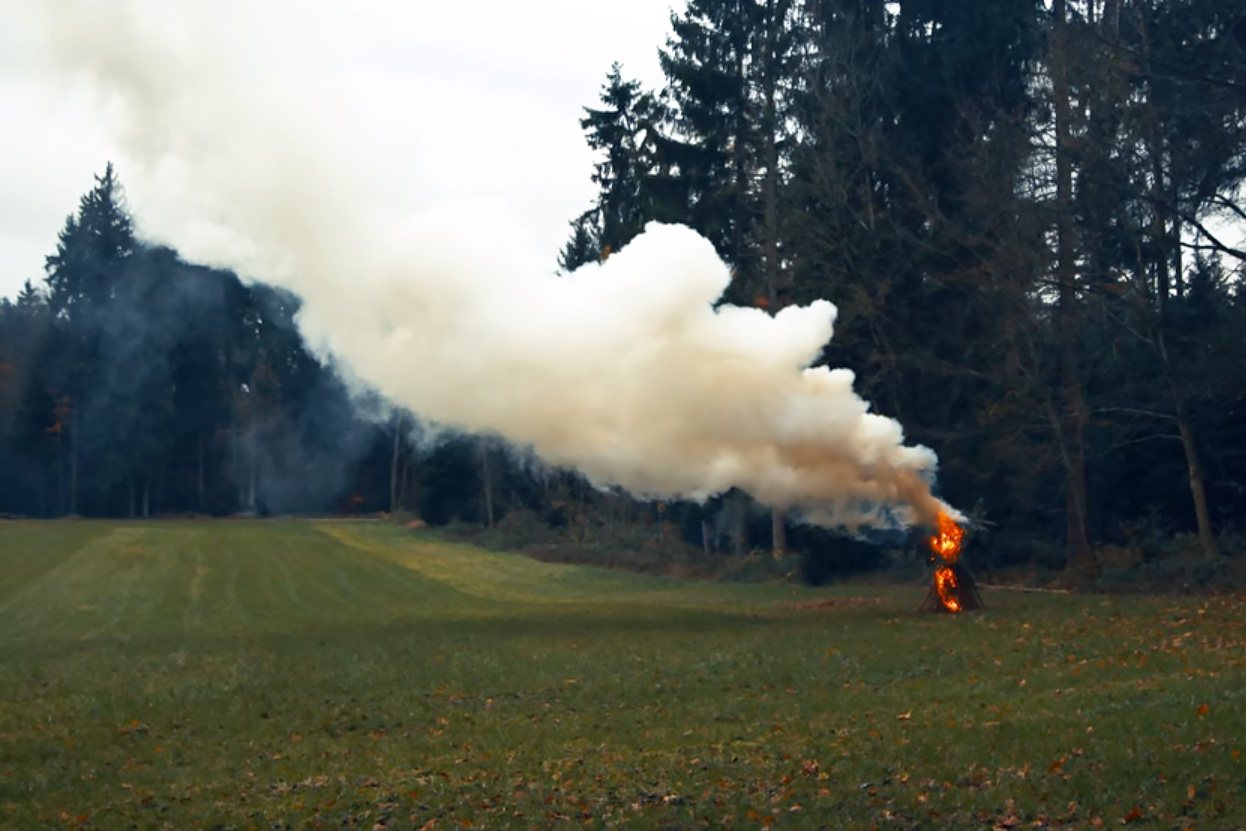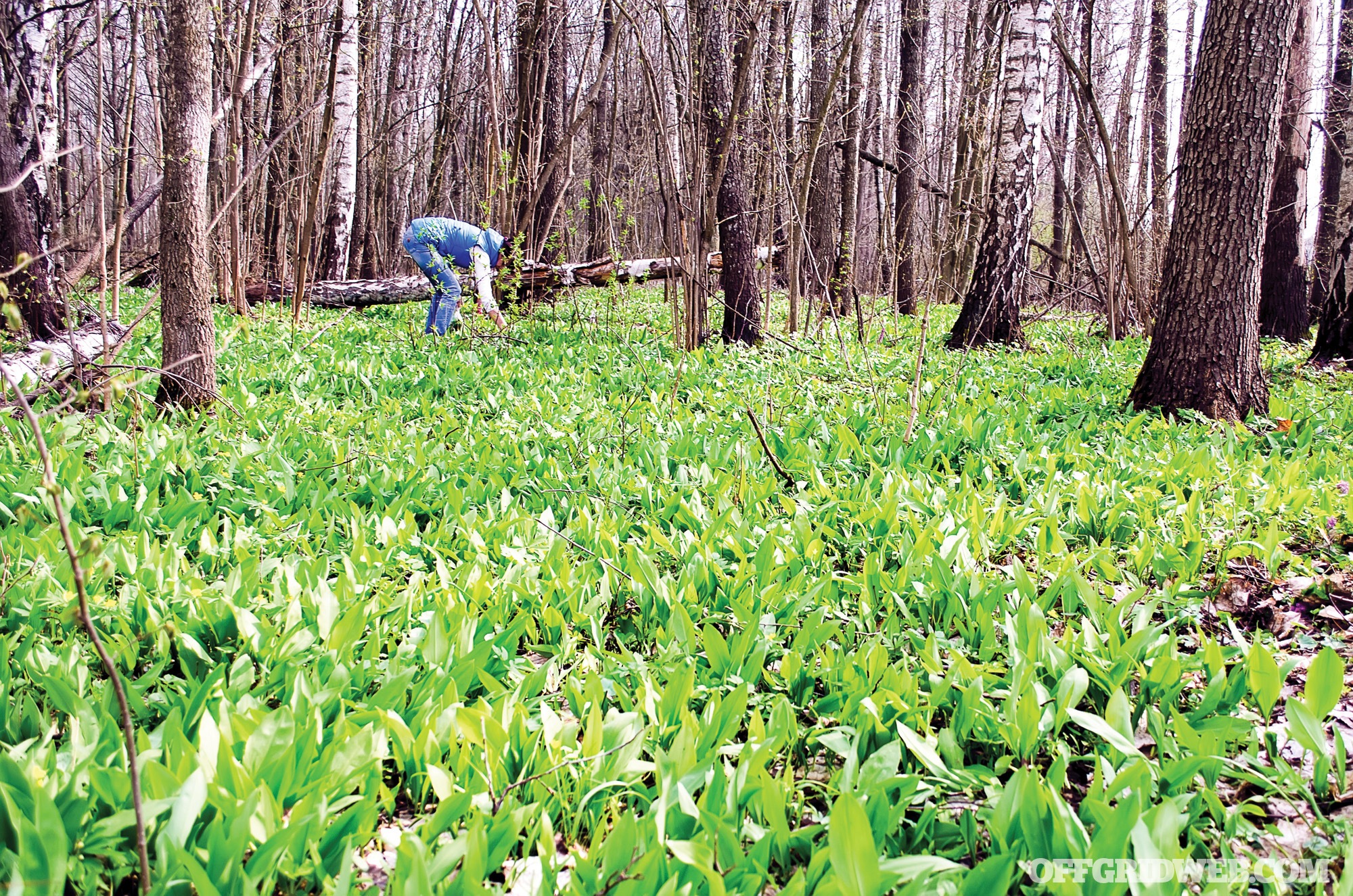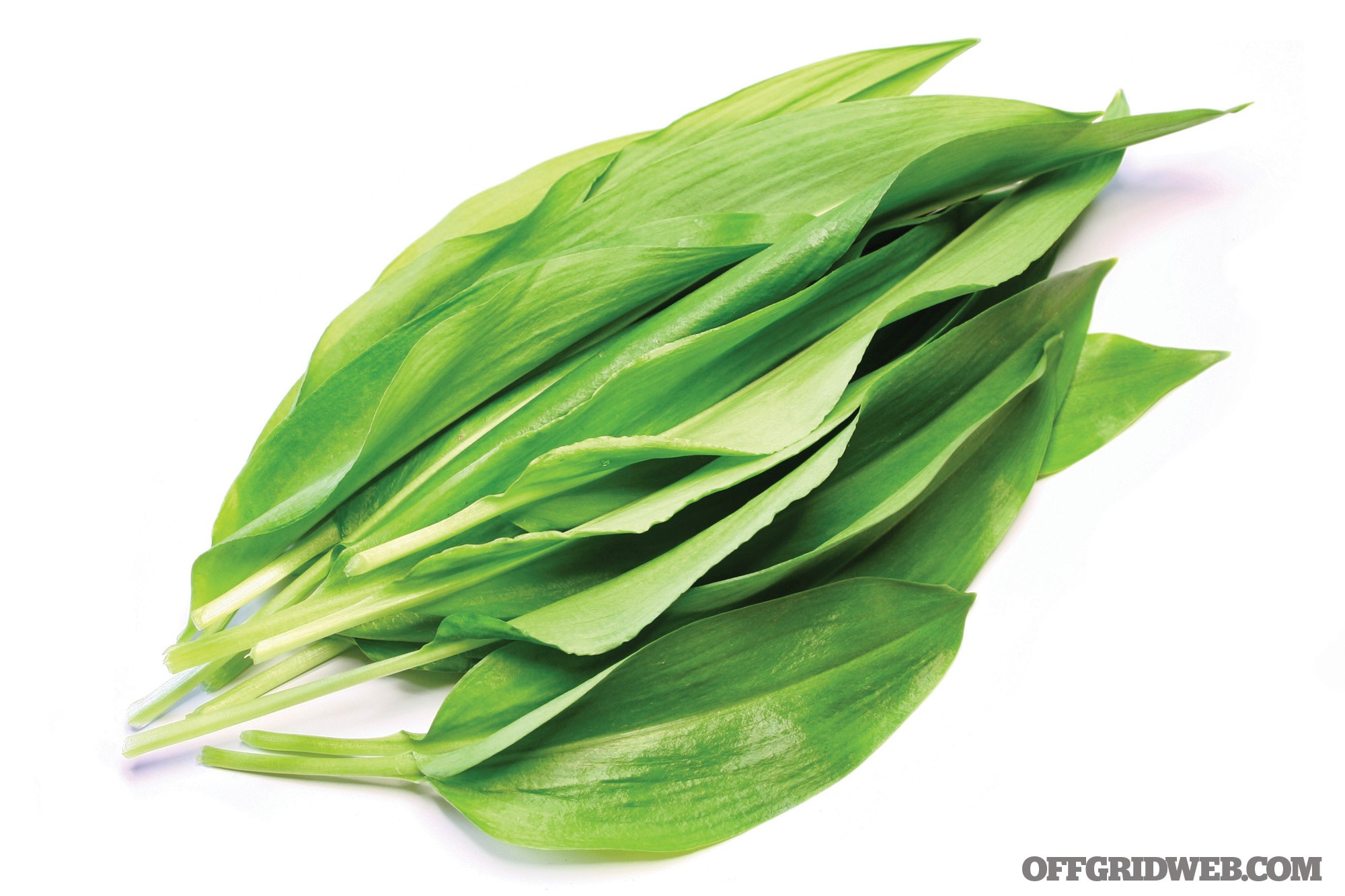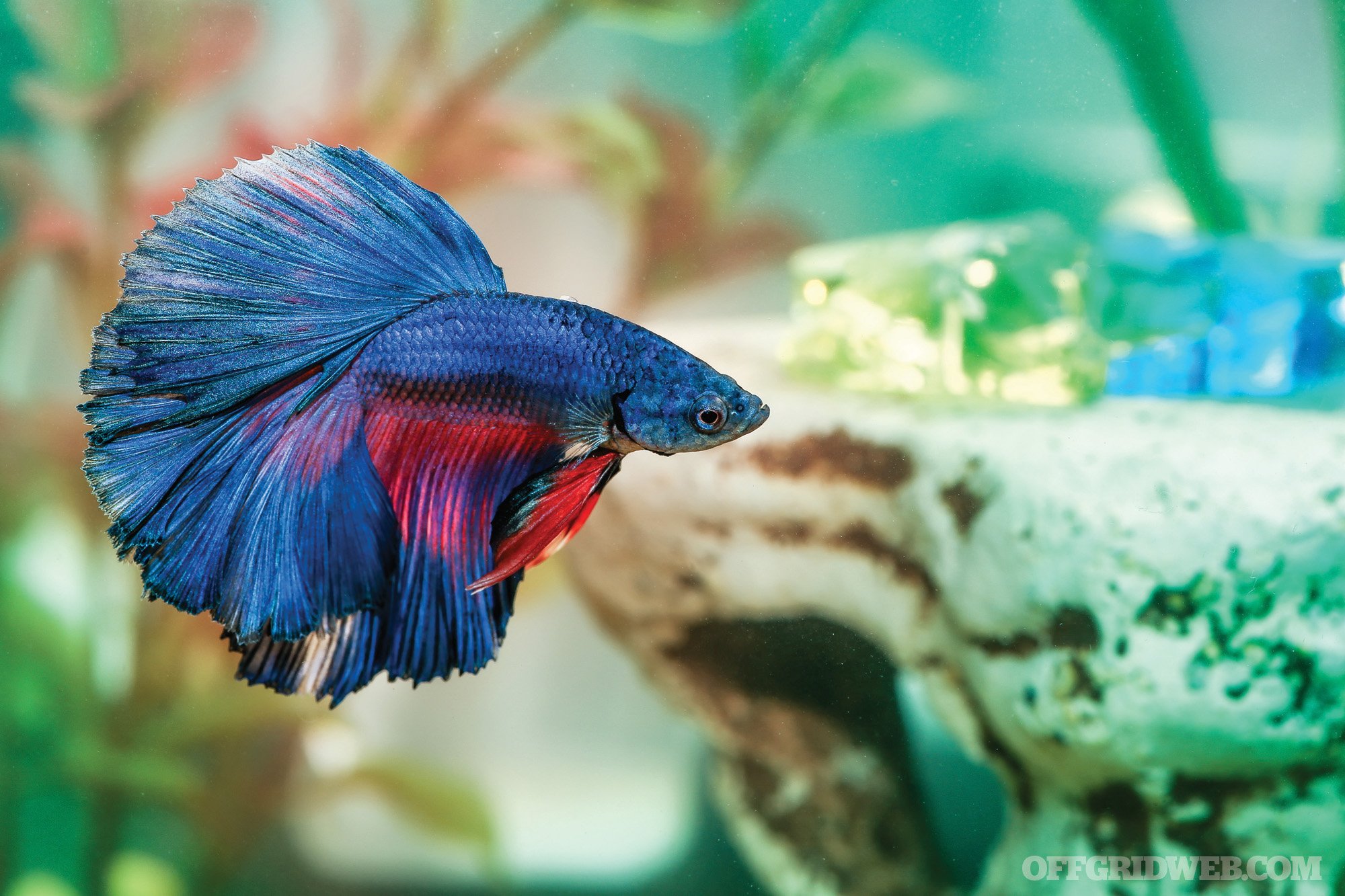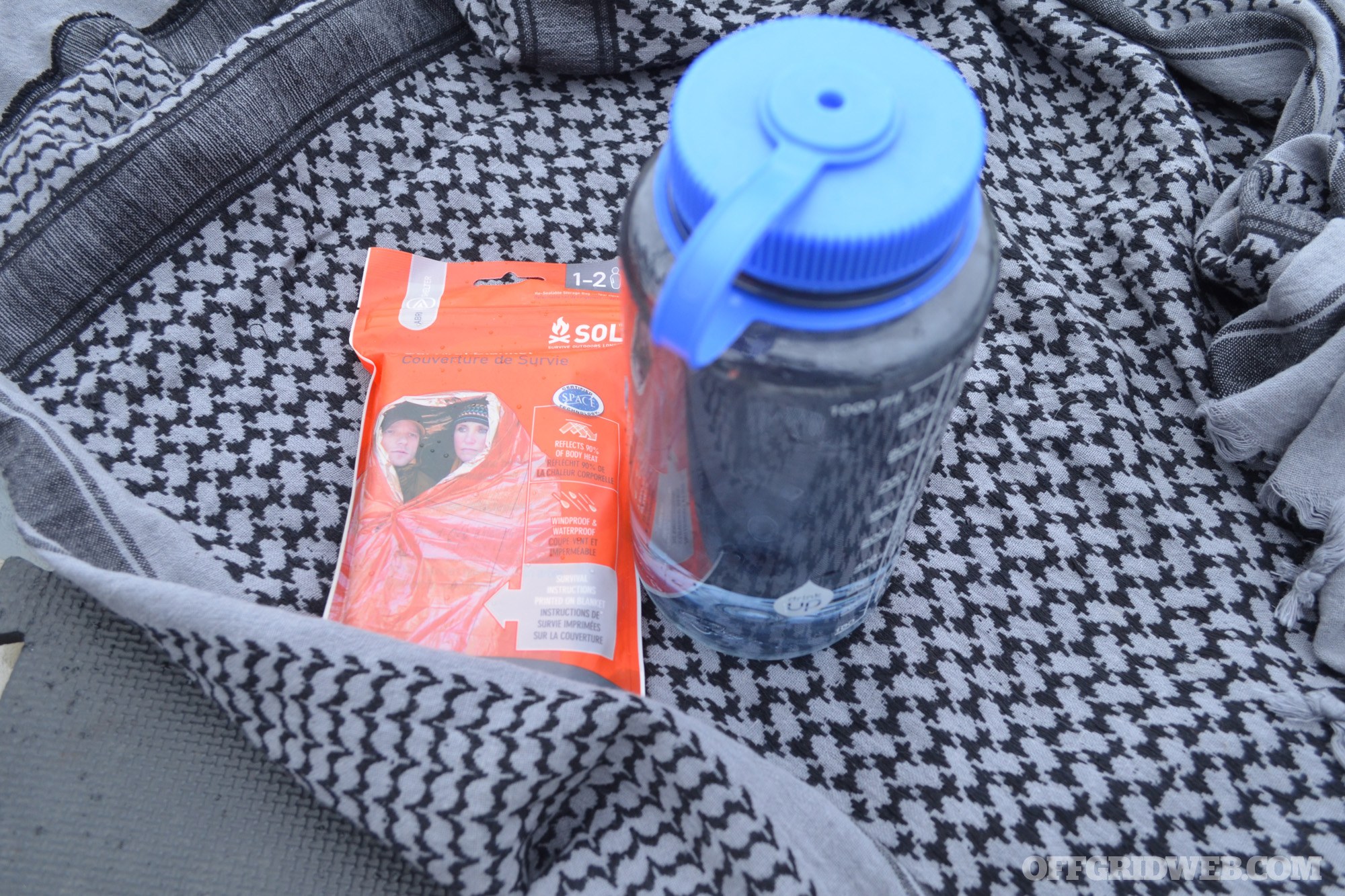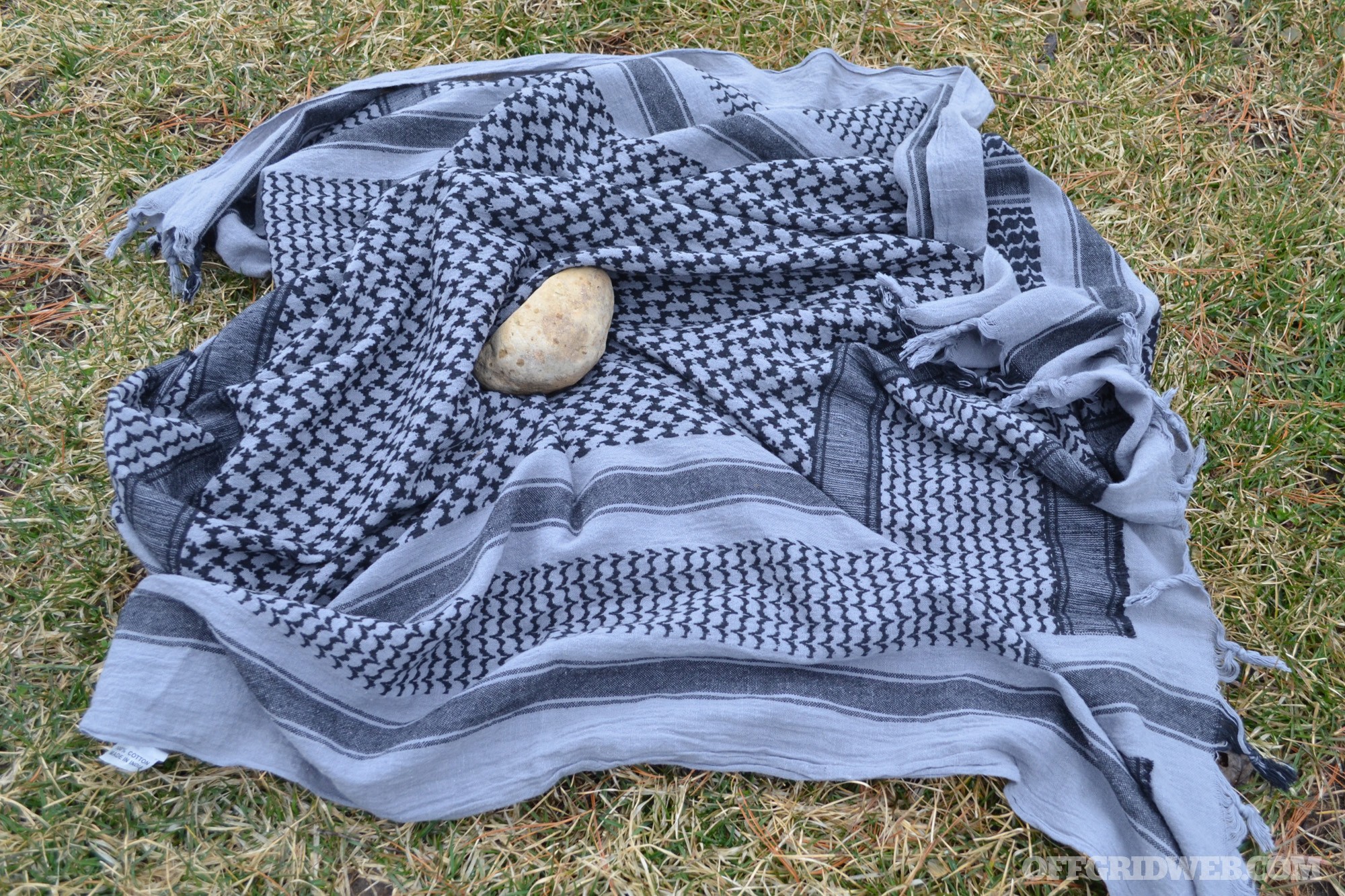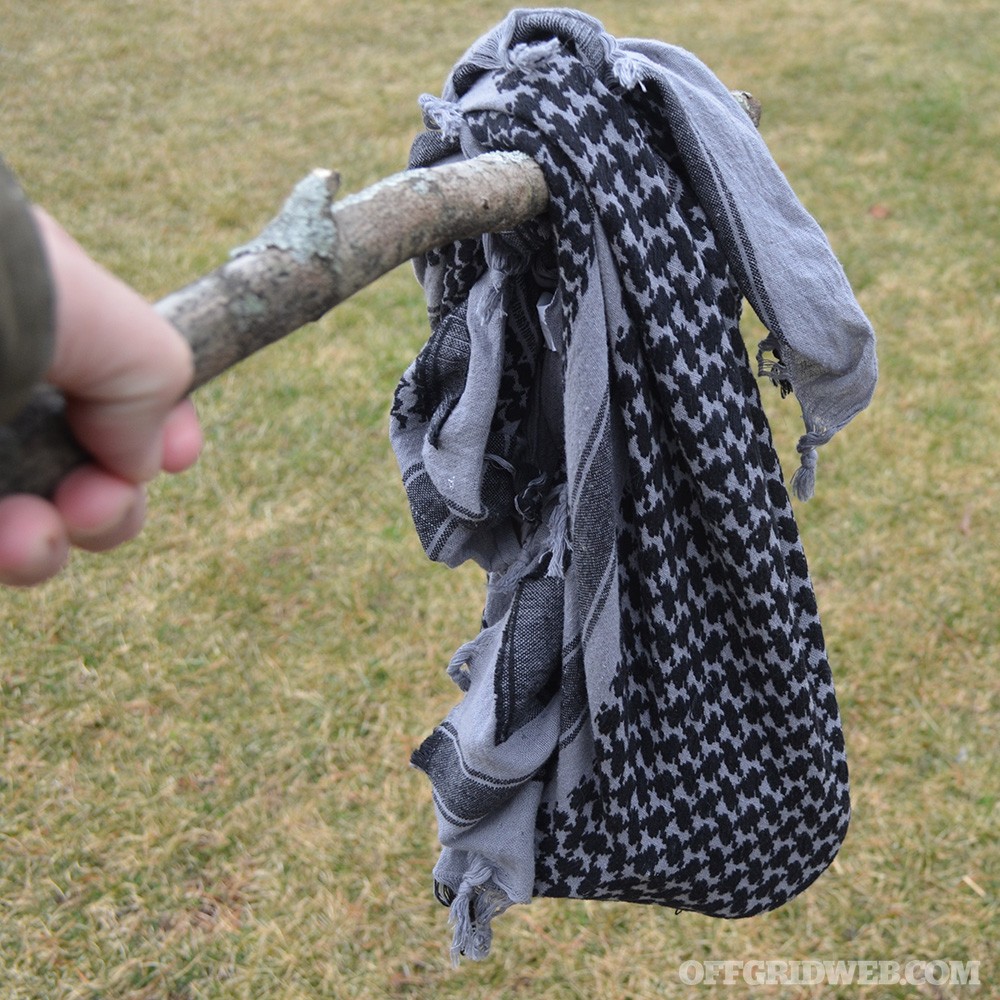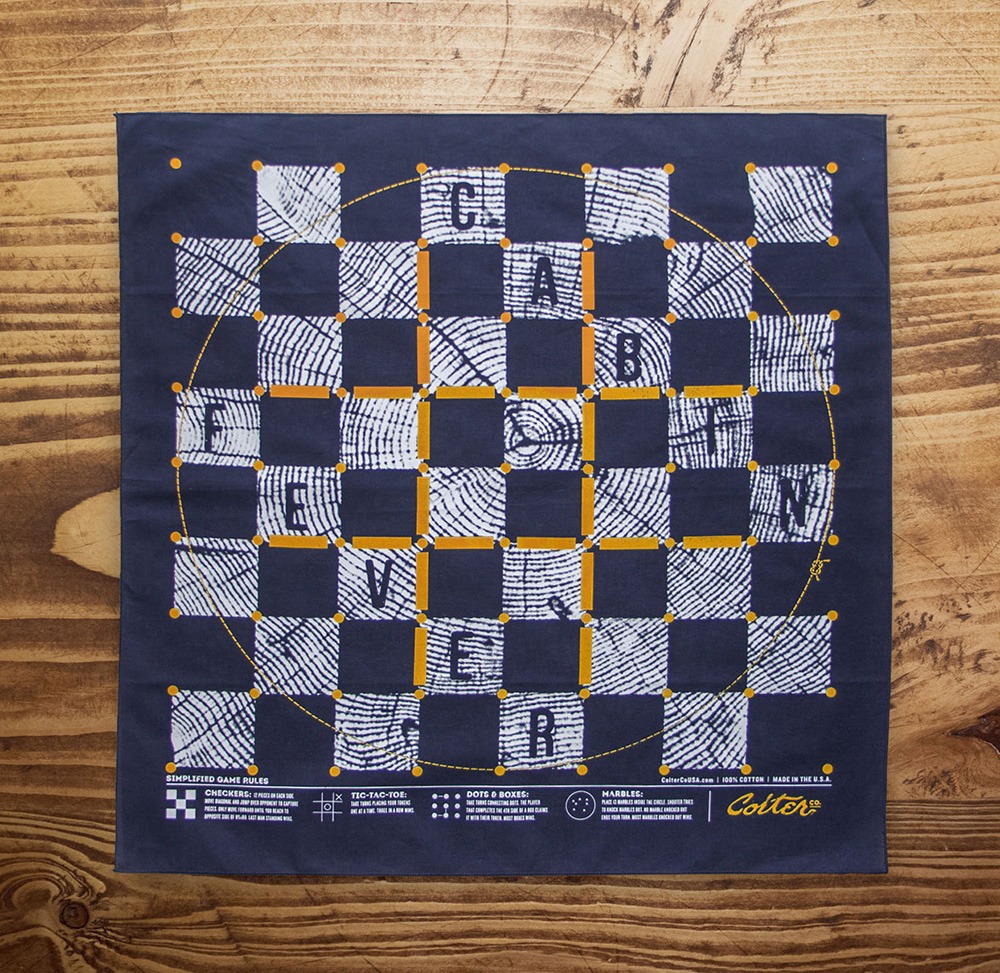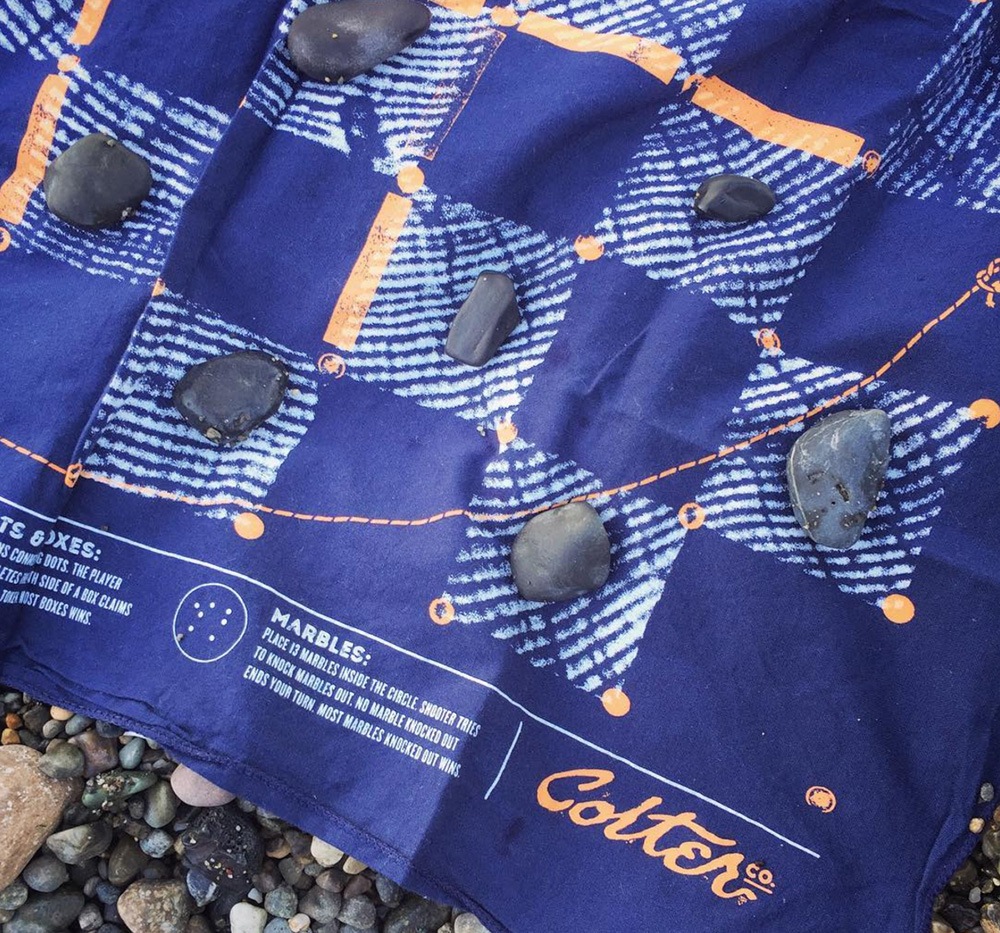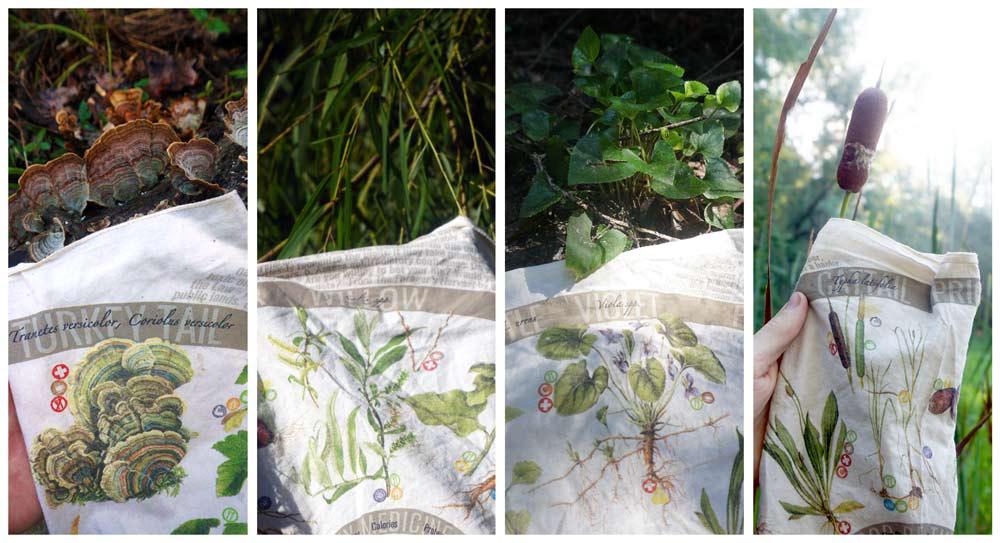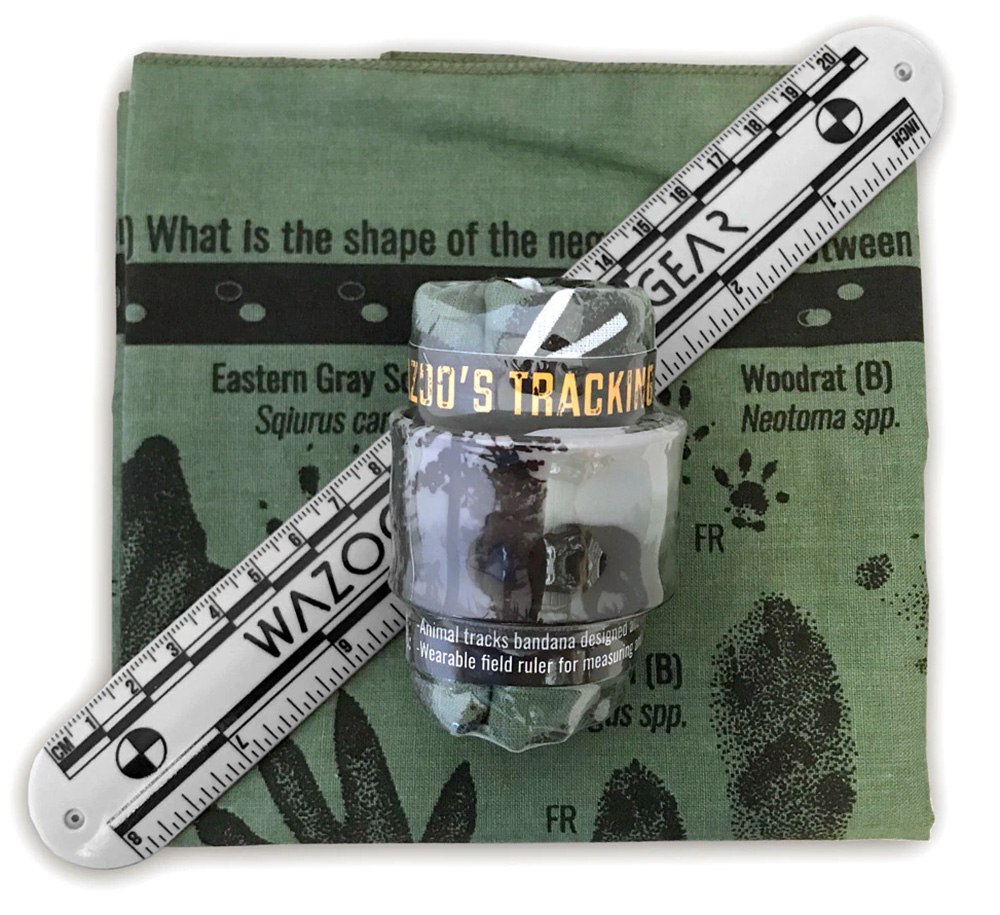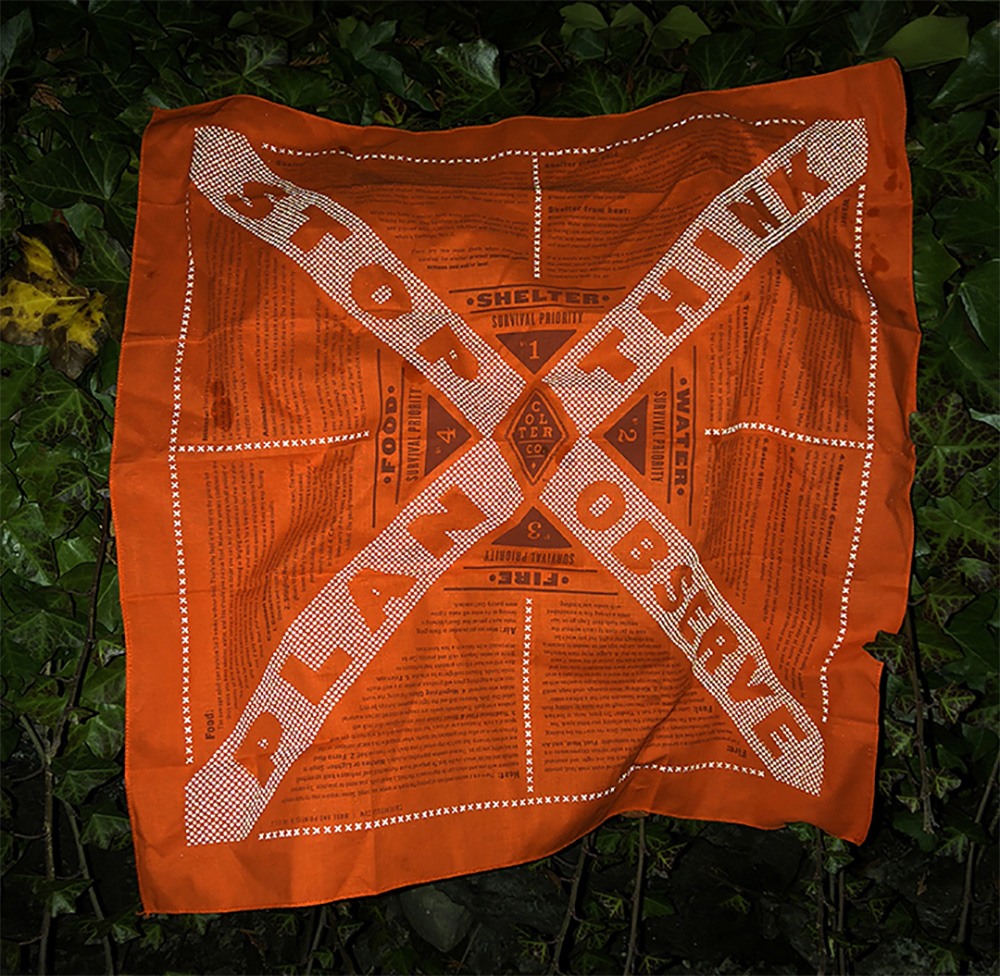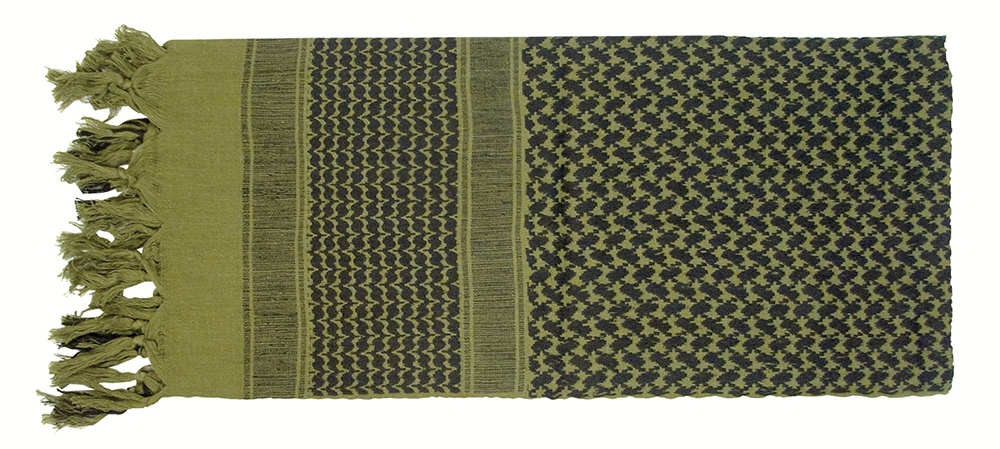In This Article
This article originally appeared in Issue 5 of our magazine.
Hank Williams Jr. wrote and sang a song called “A Country Boy Can Survive.” The song spotlights the skills and abilities of people who can survive on their own, with a little backwoods knowhow common in rural America. You can improve your survivability by having backcountry property that’s able to sustain life when given the opportunity and a little preparation.
The problem for many of us, though, is that we’re city dwellers living in a concrete jungle of skyscrapers, surrounded by a sea of suburban sprawl. And even if you don’t live in a large metropolis like New York or Los Angeles, all it would take is one solid catastrophe to have your town go to pot. Owning land in the middle of nowhere — or at least isolated enough — will ensure you have a relatively safer destination to evacuate to in an emergency. A bug-out property can serve as a rally point for your family to reunite, a resupply depot (if you’ve dug a hidden cache) before moving to a safer region, or a place to set up your underground bunker (see below for more).
Selection of a great rural bug-out location begins by determining the distance you think you can travel when SHTF. Draw an arc on a map with that distance, and your search for a bug-out location can begin.
Determining Land Ownership
All real estate is owned by someone. It may be privately held or owned by some governmental agency, but rest assured it has an owner. Property in private ownership will tend to be urbanized in some form, even if it is a fishing cabin 10 miles from a paved road. Property owned by a government entity will most likely be rural. That governmental agency may be a utility district or a city, county, or state government. In fact, the federal government owns approximately 27 million rural acres. But just because property is owned by a governmental agency doesn’t mean it cannot be purchased or leased. For instance, you can obtain a leasehold interest in state and federal property, even in a national or state forest. (Visit www.fs.fed.us/land/staff/disposal.shtml to learn more.)
Most truly rural properties are located in unincorporated areas, meaning they are outside of a city’s jurisdiction and therefore only subject to development rules of the county or the state. County building and rural development rules tend to be much less restrictive than those of an urbanized city and far less scrutinized by governmental officials. Once an ideal bug-out location is found, ownership of the land, no matter how rural, can be determined relatively easily. Using a common smartphone app or a geodetic map, determine the exact longitude and latitude of the property in question. If the property actually has an address, present either the longitude/latitude or address to your local title insurance company.
Title insurance companies have access to the historical ownership data of every piece of property in the United States, according to Rick Fortunato, senior vice president for Chicago Title Company. You can even check on properties in other states from your local title insurance company; they all have nationwide data search capabilities. Historical property data may date back hundreds of years and may include photographs. For a very small fee, the title insurance company can give you the name and contact information for any property owner as well as provide important data such as existing taxes, recorded easements, guaranteed access rights, and, most importantly, water rights. You will want to make sure you have the right to access the property and build on it if you so desire. It’s also important to know if anyone else has any rights on your property before you acquire it. Those rights of others might include underground pipe easements and rights to access other adjacent properties.
Easements/Building Regulations
The ability to build on a property is controlled by the zoning of the governmental jurisdiction. Rural properties will most likely be governed by a county or parish, depending on the location. Once a property location is known, zoning and development standards for the property can be found online, in most cases, by contacting the governmental jurisdiction. The development standards may include a required minimum parcel size, maximum building height, selection of building materials, grading maximums, and other important regulations. Those other regulations might include permits needed for tree removal, stream alteration, habitat modification, and endangered species locations that may impact your ability to build. It’s important to know all of the regulations — even if you later choose to ignore them.
Most properties don’t have mineral or hydrocarbon rights. Those rights may have been acquired from previous property owners by large oil or mining companies many decades ago. It’s uncommon to have mining or oil-drilling rights, so don’t be surprised if your bug-out site doesn’t have them. Having easements on your property, for items such as underground piping, means that the easement holder usually has the right to come onto your property and repair the buried facilities at their discretion, not yours. The same would be true for mineral or hydrocarbon extraction. Theoretically, oil drilling and mining could occur at any time on your property although numerous governmental permits are required that often take years to obtain so it shouldn’t be a surprise. Large oil and mining companies, for public relations purposes, typically negotiate with nearby landowners to eliminate confrontation prior to initiating construction activities. Additionally, mining companies may not even need to set foot on your property, accessing those precious underground goodies from afar.
Water is a primary need for a long-term stay at any location. If permanent running water or a lake is not available, then a well can supply your water needs, assuming a well doesn’t already exist. Many properties don’t have the right to drill a new well, so a careful review of title insurance company data can determine water rights of any property. The cost of drilling a well varies greatly due to soils and geographical conditions. A call to a local drilling company near the intended property can give you a reasonable estimate of the cost of a new well. Electricity may be required to run a pump.
Homesteading
Under Abraham Lincoln in 1862, the federal government passed legislation to promote westward expansion and agricultural development, basically known as the Homesteading Act. This act provided 160 acres of free federal government land to persons wishing to start farming. Virgil Earp, Wyatt’s older brother, was a noted homesteader and, although decades ago homesteading was once a popular style of acquiring free ownership of rural property, it’s not a viable alternative in today’s world due to changes in the laws. During the peak of free land homesteading the federal government gave out over 270 million free acres of land. In 1986, congress amended the old federal law and eliminated that free land alternative. Only Alaska still offers a form of homesteading to promote recreational cabin development.
Financial Incentives
The federal government and all states have dozens of agricultural and farming assistance programs that offer both tax breaks and financial incentives for new farmers. You must substantially farm the land to achieve any meaningful tax break or development grant. A quick check of your state’s farmer assistance program will demonstrate ways of obtaining farmland. See the sidebar for additional resources that provide info on various other financial benefits you can qualify for.
Location, Location, Location
A quick search of the Internet using search terms like “bug-out properties” and “off-grid land” will produce hundreds of available, but certainly publicly known, properties. While searching, you might find excess state or federal property for sale, lease, or even trade. The federal government often auctions off excess land that even includes former military missile silos and hardened bunkers. Acquiring excess federal government land is as easy as checking their website at www.govsales.gov and looking in your geographical area of interest. Excess-land sales occur all the time.
A proper bug-out property can often be acquired with a minimum amount of money utilizing a variety of financing mechanisms and depending on how much you want to spend. Some government land leases are free. A lease of private or government land is the cheapest, quickest, and easiest way of obtaining use of a safe haven property, but it is subject to their rules. Such land — acquired under the radar, away from the Internet, and not financed — is the logical choice if you wish to maintain maximum security.
A title insurance company, along with a licensed real estate broker/agent, can provide you with important property data with a minimal cost. The title company agents can assist you in interpreting all of the necessary information on any property no matter its location.
A country boy can certainly survive on a cheap lease.
Bomb Shelter Tax Breaks
In the early 1960s, a number of states, not the federal government, passed legislation that gave homeowners a tax break for money spent building a bomb shelter. In a few states and some cities, those tax break rules from the ’60s have been overlooked and forgotten, but are still on the books. Your tax expert should check the regulations before taking the exemption on your returns for a preexisting bomb shelter on your property or building one that qualifies for exemption.
Drop-In Bunker
Now that you have acquired your bug-out land, you may choose to build your shelter yourself or hire someone else to do it for you. Another alternative is to buy a prefabricated bunker. Many of these premade bunkers can be customized to your specifications. They are constructed in a factory then brought your to your location, assembled, and professionally installed. There are many choices available; here are a few to check out.
Atlas Survival Shelters: This company makes underground cabins with patented “undetectable escape hatches” and plenty of amenities.
www.atlassurvivalshelters.com
Ultimate Bunker: This family-owned business builds underground bunkers, gun vaults, and storm shelters for various disasters.
www.ultimatebunker.com
Additional Resources
There are a variety of grants, subsidies, tax breaks, and other financial incentives your bug-out location may qualify for. Here is a brief list of the many resources available that can provide more information — but, as always, be sure to do your research first before soliciting any service for help.
Benefits.gov: A federal online guide to loans and grants for very low-income homeowners to repair and improve rural dwellings.
www.benefits.gov/benefits/benefit-details/402
Federal Grants Wire: This is a directory for various federal grants and loans available from several hundred governmental departments and agencies.
www.federalgrantswire.com
Land Trust Alliance: This organization assists in establishing land trusts for maintaining open land and conserving resources.
www.landtrustalliance.org/policy/public-funding/state-funding
Public Lands Title: A private company that will assist anyone over 18, for a small fee, in acquiring rural land in 18 states.
www.governmentland.com
The Center for Rural Affairs: This nonprofit corporation focuses on rural community development and family farm and ranch policy, among other issues.
www.cfra.org/renewrural/freeland
The Houston Chronicle: Provides data on ways of utilizing loans and grants from the U.S. Small Business Administration to buy farms, start businesses, and even start beekeeping.
http://smallbusiness.chron.com/grants-buying-farm-land-13924.html
USA.gov: The U.S. government’s official web portal contains a directory for federal and state government surplus and seized properties, as well as surplus land sales.
www.usa.gov/shopping/shopping.shtml
USDA Rural Development: A program from the U.S. Department of Agriculture to establish eligibility for obtaining rural housing.
http://eligibility.sc.egov.usda.gov/eligibility/welcomeAction.do
About the Author
Phil Schwartze is president of The PRS Group, a Southern California land-planning and entitlement-to-use company that specializes in obtaining governmental approvals for unique projects. He has a master’s degree from Cal State Los Angeles and is the former mayor of San Juan Capistrano, California. www.prsgrp.biz

